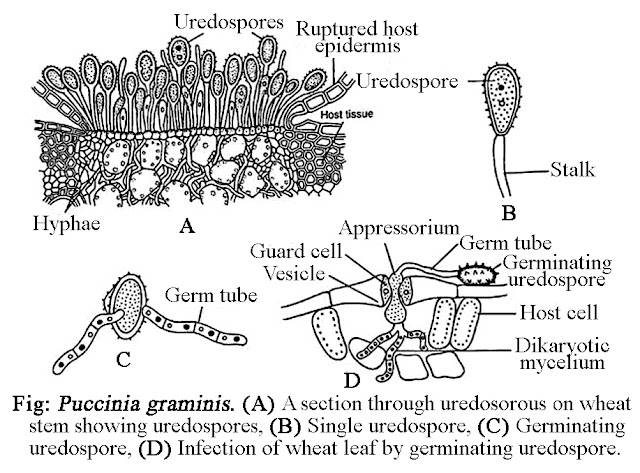MAGNOLIACEAE
1. SYSTEMATIC
POSITION:
Bentham
& Hooker
Division: Phanerogames (Seed Plants)
Class:
Dicotyledones
Sub-class: Polypetalae
Series:
Thalamiflorae
Order:
Ranales
Family:
Magnoliaceae
2. MORPHOLOGICAL
CHARACTERS:
Habit
– Trees or shrubs, a few are climbers.
Leaves
– Alternate, simple, entire commonly evergreen, coriaceous, stipules
covering buds.
Inflorescence
– Solitary, terminal or axillary.
Flower
– Largest and most showy of the woody families, usually bisexual, complete,
actinomorphic, hypogynous, aromatic.
Perianth
– Nine to many, all alike and petaloid or the three outer ones green,
arranged in whorls of three or in spirals, imbricate, deciduous.
Androecium
– Stamens indefinite, free, often spirally arranged, filament short or
absent, anther lobes linear, with a prolonged connective.
Gynoecium
– Carpels many, free, superior, arranged spirally on a cone shaped
elongated thalamus (gynophore), placentation marginal.
Fruit
– Aggregate of berries or follicles, attached on a long cone like
receptacle.
Seed
– Large with abundant oily endosperm.
3. FLORAL
FORMULA:
4. COMPARATIVE SYSTEMATIC POSITION AND
AFFINITIES:
Bentham &
Hooker, Engler & Prantl, Rendle and other taxonomists put the Magnoliaceae
under the Ranales. But Hutchinson and Takhtajan placed the family within the
Magnoliales and considered it by Hutchinson the most primitive among the
dicotyledones.
The
Magnoliaceae has a great deal of affinity with the gymnosperms. The most
striking about the wood of Drimys is
the presence of trachieds with bordered piths in the xylem. However, the
receptacle of Magnolia flower bears
numerous spirally arranged free sporophylls. This can be compared with the
strobilus of Bennettitales, consisting of central axis covered with
megasporophylls. This has led to the suggestion that Bennettitales may be the
ancestral of the modern angiosperms initiated by the Magnoliaceae. The floral
parts of the Magnoliaceae are similar in structure and arrangement to those of
Ranunculaceae.
1. The species of Magnolia like M. grandiflora,
M. fuscata, etc. are cultivated for
their foliage and aromatic flowers.
2. M. accuminata, M. excelsa,
etc. produce valuable timber. The timber obtained from Michelia doltsopa is of good quality and is used in making
furniture, boxes, carriage bodies, musical instruments, toys and other light
constructions.
3. The bark of Drimys winteri, Illicium
verum and M. officinalis is
useful in medicine.
4. The fruit of Illicium verum is a source of a kind of spice and essential oil.
5. Michelia champaca yields ‘champaca oil’ from the flowers, camphor
from the wood and scented water from the leaves.
*************




Comments
Post a Comment